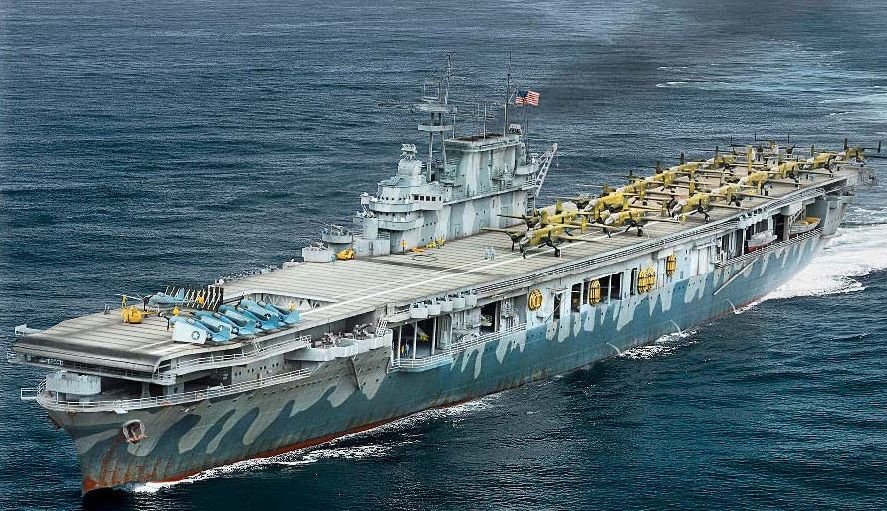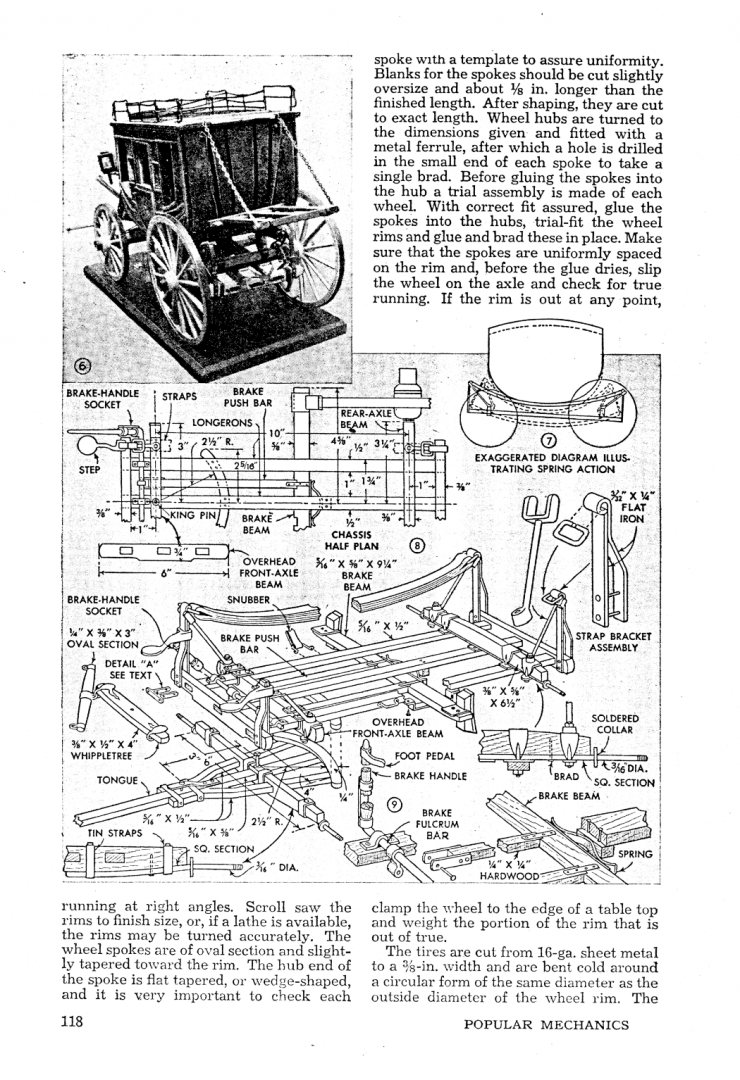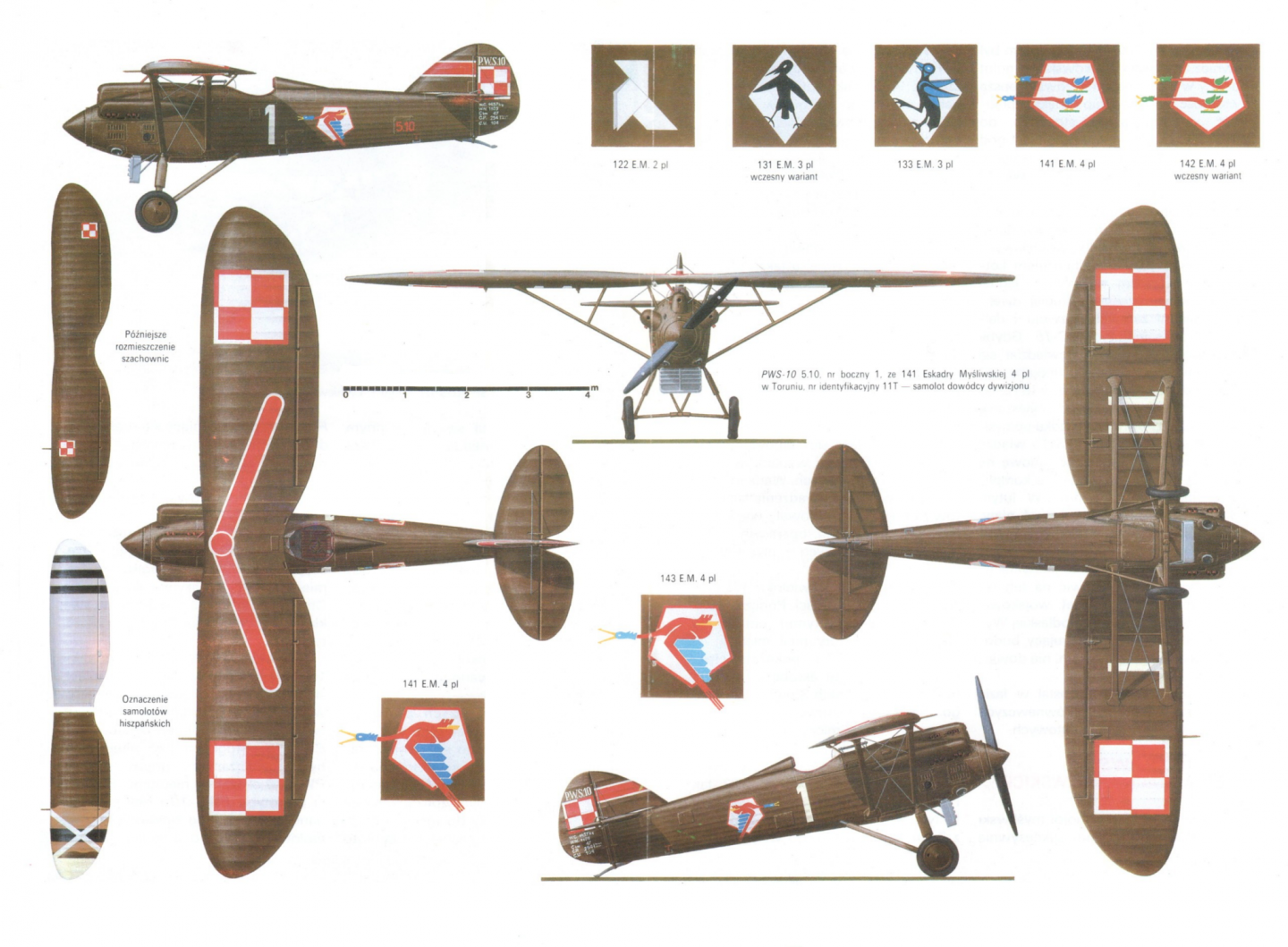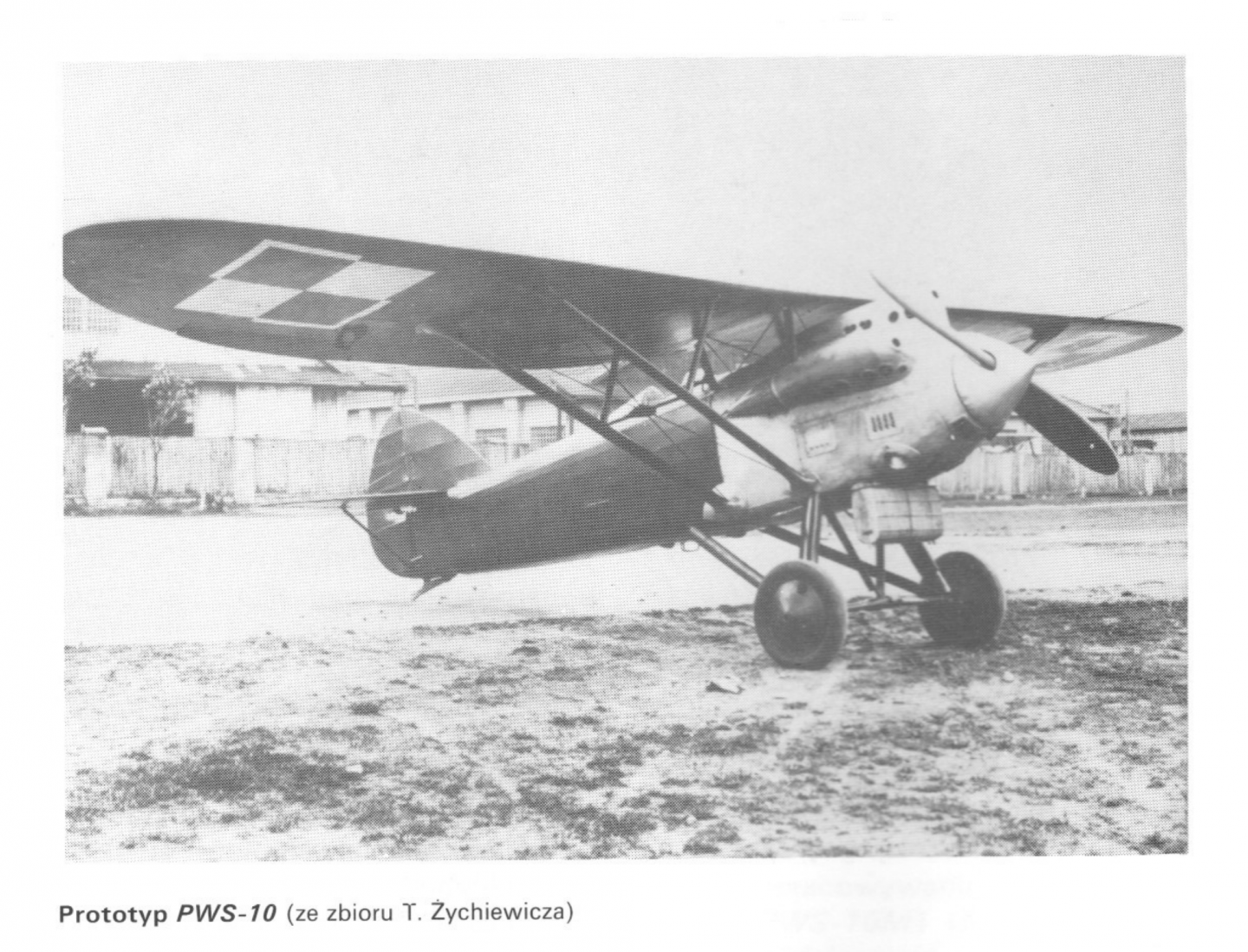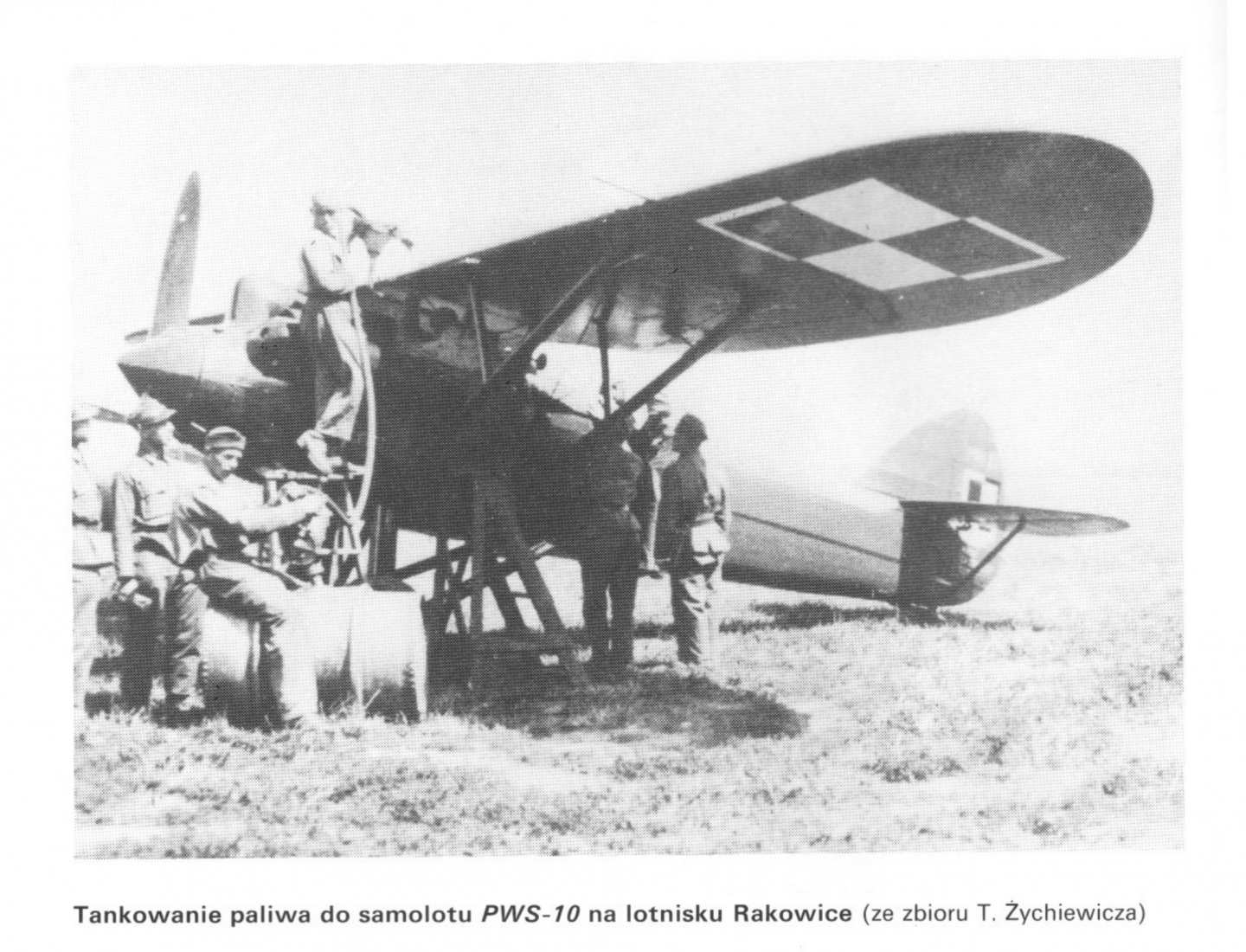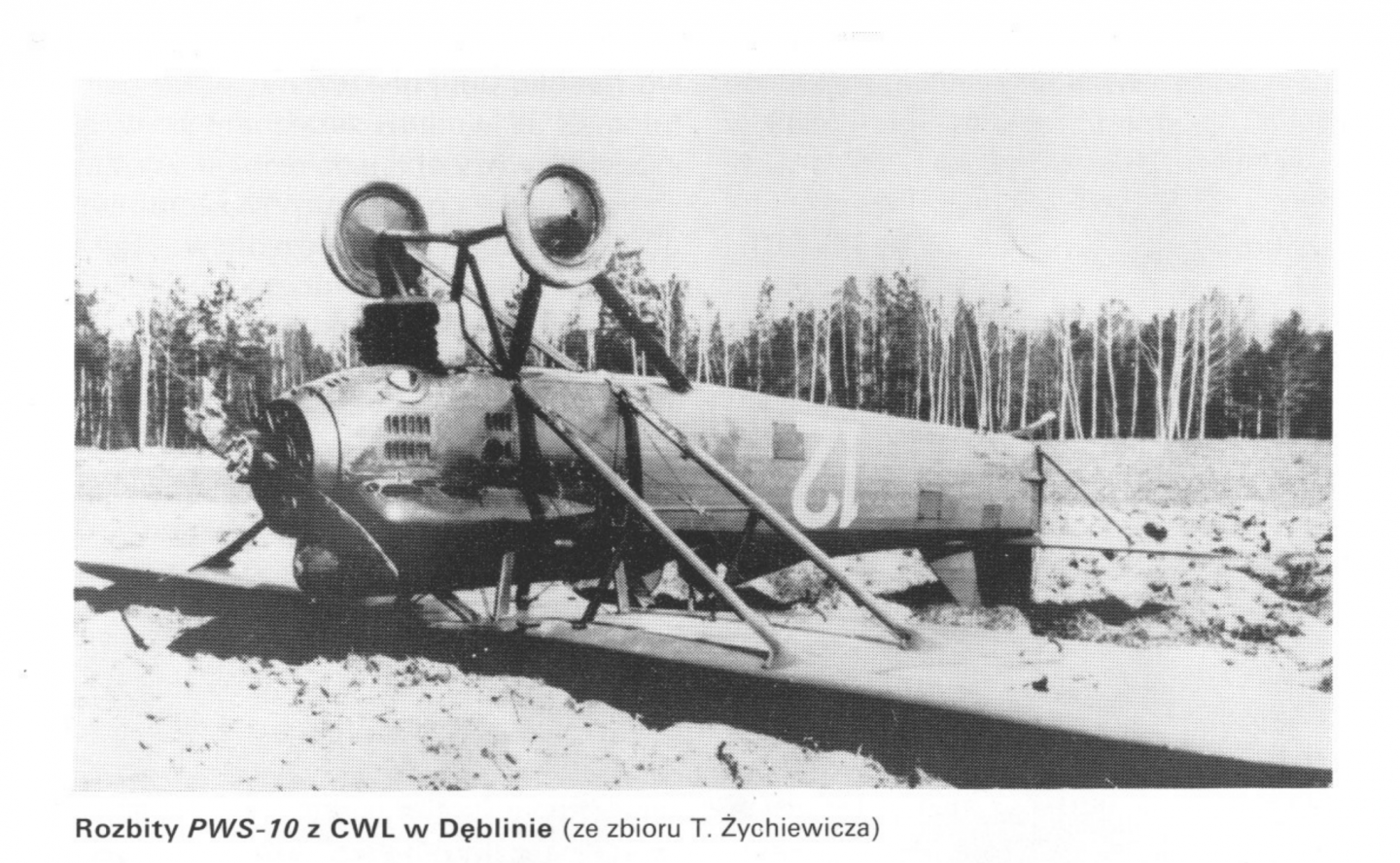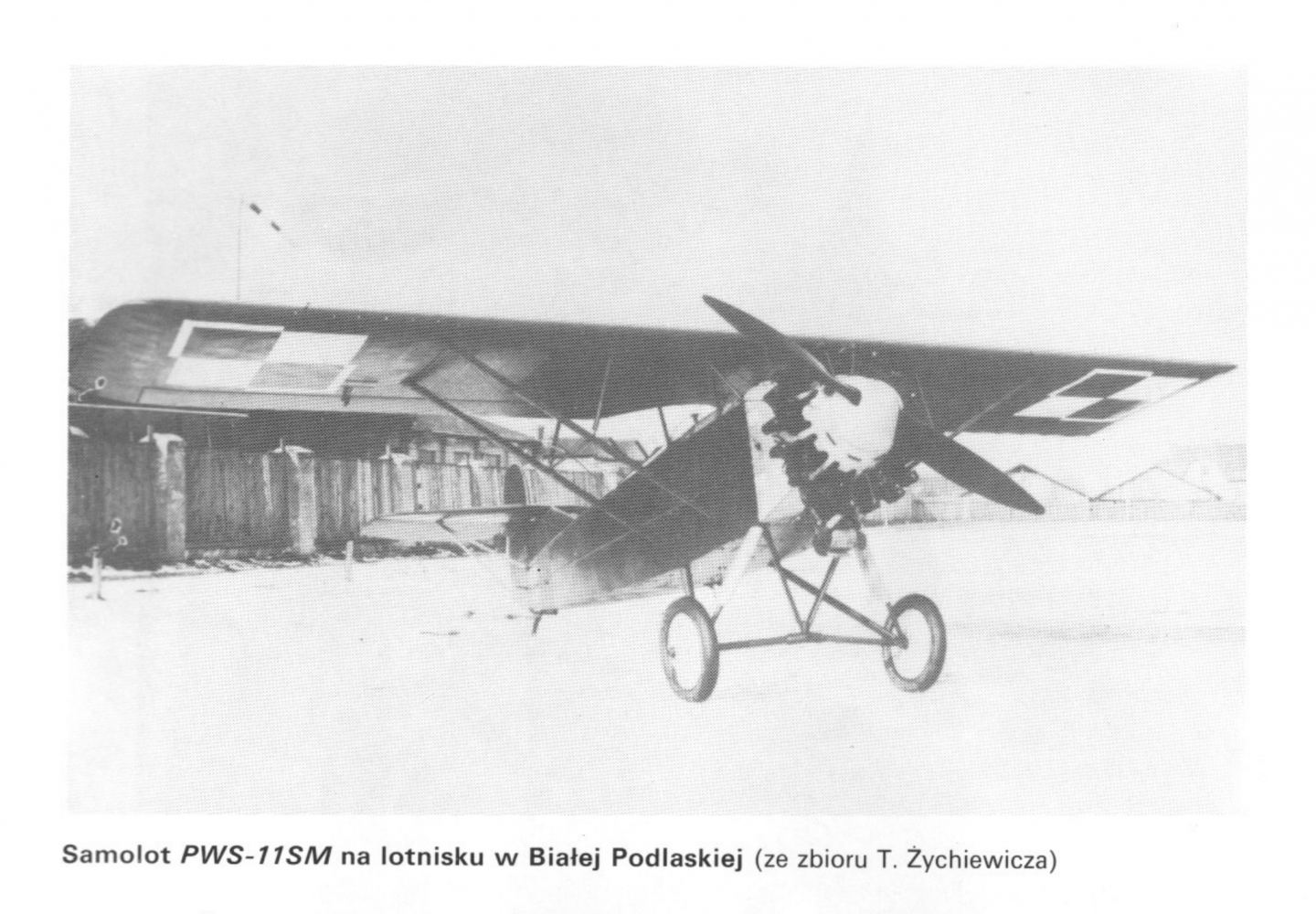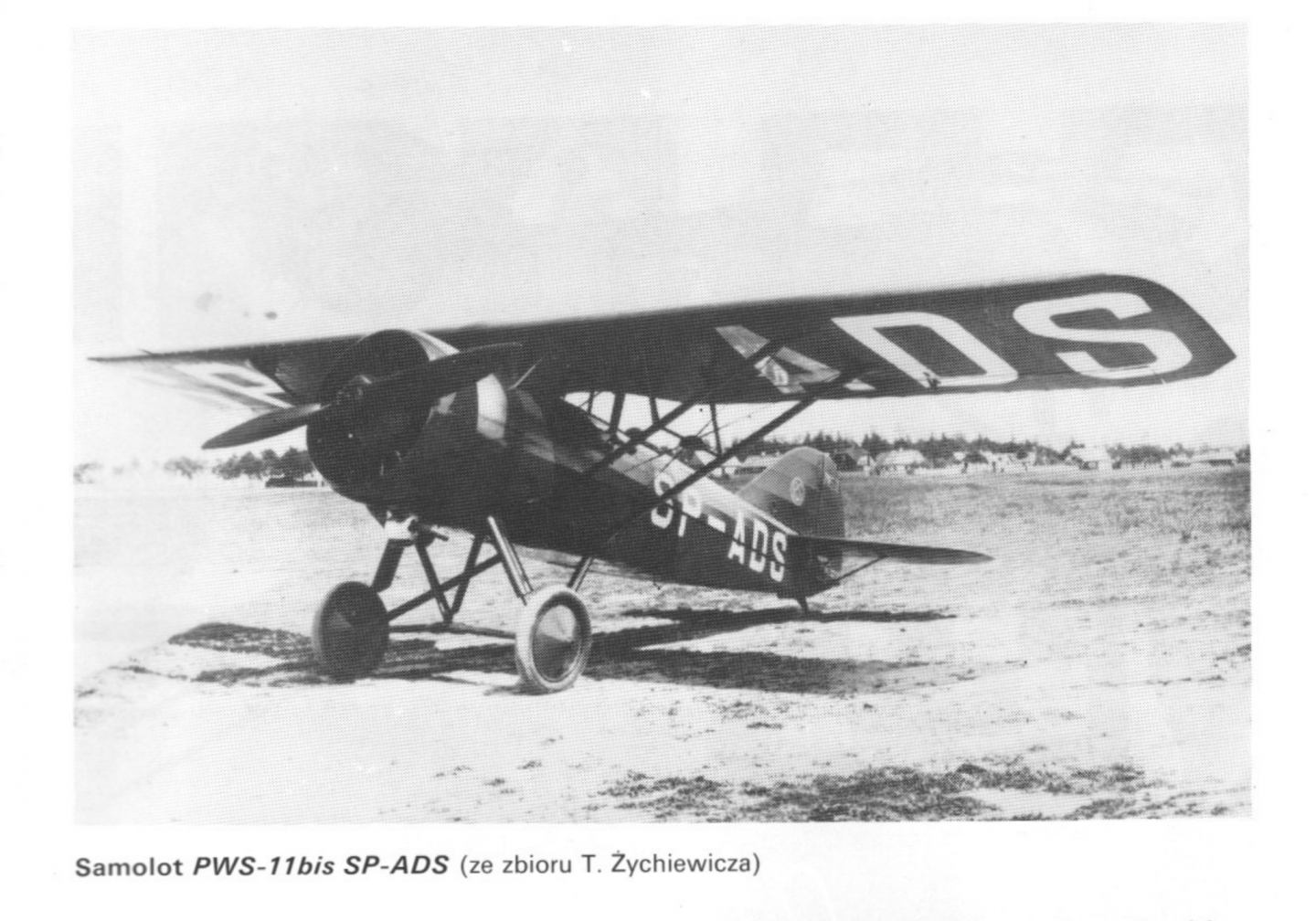-
Posts
4,377 -
Joined
-
Last visited
Content Type
Profiles
Forums
Gallery
Events
Everything posted by Egilman
-
I completely agree as long as it is recognized that technology is going to make us builders scarcer and scarcer....
- 321 replies
-
- Finished
- Flower-class
-
(and 1 more)
Tagged with:
-
Yep I remember that one as well, but it highlighted the creativity aspect of modeling and made the creative part as easy as thinking I want it this way.... Did nothing for the art of building.... 3D modeling is going to blend the creative part with the building part, (build it in the computer then send it to a file) the printing part becomes nothing but a mechanical representation of your computer skills..... I supposed the finishing, (painting) will get finer and finer though until they figure a way to computer control that as well... In the end, like in Star Trek all you will have to do it ask the computer for whatever you want and a replicator will energy matter transfer it onto your replicator pad, all finished and ready to display..... Damn, that's a bleak future for modeling......
- 321 replies
-
- Finished
- Flower-class
-
(and 1 more)
Tagged with:
-
I haven't even got to split phones yet... {chuckle} And I don't know about younger people, they view the world a lot different that we older farts do....
- 321 replies
-
- Finished
- Flower-class
-
(and 1 more)
Tagged with:
-
That's Hollywood! It really wasn't like that at all... in some ways better, in others worse... in the movies and TV every stagecoach has a shotgun rider, in real life, there was seldom a shotgun rider even when the strongbox was full... Robbing a stagecoach was a very difficult proposition and not tried often... Banks were much much easier.... Heck even robbing a train was easier.... Never take your history from the media.... And in today's world the media includes the supposed news services.... ABC news for example is run by ABC entertainment....
-
My pleasure Kevin, Kinda a lucky thing, when I was looking in my stash for pictures of the PWS-10 for Chris I came across this one and several others which I hadn't seen in about six years.... When I read your question, I figured it was time to drag it out.... It does make the cabin suspension system clear doesn't it.... One other thing, in the lower right corner you see the brake return spring mounted to the brake beam which pushes against a block affixed to the frame center rail.... This was the positive release of the brake when they kicked the lever out of it's ratchet pawl lock..... I didn't see that in the kit's plans..... Again my pleasure, glad I still had it.... Good luck... gonna be beautiful....
-
The approx. 1/12th scale Jan. 1946 Popular Mechanics plan for an Overland Stagecoach calls for two plys of thin leather.... The real thing used 4-8 plies depending on how rough the roads were and the size of the coach.... In real life they would be looped thru the shackles on either end and riveted thru iron plates like in a sandwich, plate /leather plies/plate arrangement... The direction of the loop would be down thru the center top of the shackle with the tag end of the leather strips on the bottom to form a tight loop around the shackle pin, when done, it looks like a rubber band that cradles the coach body on each side.... That's the method the PM plans show... They used a similar method of attaching the coach body to the leather supports on the bottom of the body, plate/body floor/leather/plate with through rivets locking the whole assembly together...
-
My pleasure my friend, I've been collecting these little books for decades... Easily have hundreds of them, and yes, a lot of them are in Polish.... {chuckle} These images came from TBiU #157 Samolot Mysliwski PWS-10... The producer (Polish Ministry of National Defense) is out of the publishing business (since 2006) although you can find them on evilbay quite often and some are even in the internet archive if you want a PDF copy... But the PDF copies are of varying quality some are not even worth downloading.... I don't go tracking them down anymore, but when I need to reference a specific item I usually find it.... Anyway, I hope they help,... (in the pic of the ground looped aircraft, you can clearly see along the aft spine below, (or above in the pic) the horizontal stabilizer, the fairing for the rudder control rod) Lots a detail in those pics...
-
Upon further research, (digging around in my very dusty archives) I've come up with some images and I think I lost myself as well... Yes they have a horn much like you showed in your photo.... Very Very close OC, your vision was much better and closer to accurate than mine..... Now on to the images..... You can see the horn, control rod and fairing in the artist's image above.... It was present on the prototype as shown above.... Fueling on the field, but you can clearly see them both in the above photo... Two on each aileron spaced on either side of the aft strut... Ground looped here laying on it's back, you can clearly see both horns..... I know it's a PWS-11, but it is the same wing design and basic fuselage with a radial engine.... The last image is another PWS-11, the final version of the design, still the exact same wing design and you can see the outer horn on the aileron and how the control rod dives directly into the wing from the horn.... I would say at the most about 8" in front of the horn on a straight line forward towards the aft spar of the wing..... That's the best I got brother, as you say there isn't much online for this one but grainy low res images... I hope these higher res ones help... EG
-
Chris, There is no obvious control cables cause they were internal to the wing... The two control horns are "L" shaped bellcranks linked together with the control cables inside the wings.... It is also why you see no control horns for the Elevator or Rudder, they are internal to the fuselage.... Pretty much standard practice in the early '30's
-
This is why during the time I need to devote to the Admiral, the snippits of time I have is devoted to learning Solidworks.... (exports directly to the needed STL files for 3D Printing) The things I want to build in the future will not be manufactured by model companies in my lifetime so going down this road is an eventuality for me..... This is the future of Modeling wether we like it or not, I'm saying the tech is mature enough now, time to jump in with both feet.... Also whatever is designed, has a ready market for those that do not want to learn the design process..... Download and print..... can you imagine the range of subjects possible? Very impressive Yves.... Very impressive..... EG Ps I've been in stealth mode following from the start, I would never miss something like this.... {chuckle}
- 321 replies
-
- Finished
- Flower-class
-
(and 1 more)
Tagged with:
-
Well there are options my friend.... https://www.ebay.com/itm/304081343834?_trkparms=aid%3D1110006%26algo%3DHOMESPLICE.SIM%26ao%3D1%26asc%3D233120%26meid%3D3c1f7c8b699541af925f65f6781a0502%26pid%3D101113%26rk%3D1%26rkt%3D12%26sd%3D233182387549%26itm%3D304081343834%26pmt%3D0%26noa%3D1%26pg%3D2563228%26algv%3DDefaultOrganic&_trksid=p2563228.c101113.m2108 And https://www.ebay.com/itm/334089683020?_trkparms=aid%3D1110006%26algo%3DHOMESPLICE.SIM%26ao%3D1%26asc%3D233120%26meid%3Df16eab3e57384280830ff24fbcdca488%26pid%3D101113%26rk%3D1%26rkt%3D12%26sd%3D304081343834%26itm%3D334089683020%26pmt%3D0%26noa%3D1%26pg%3D2563228%26algv%3DDefaultOrganic&_trksid=p2563228.c101113.m2108 No info on how complete the first one is but the second appears complete.... And they are both the first version which matches the one you have.... The second looks complete compared to the one I had.... Probably the best you can do for an original..... Then there is always these.... you can scale those to whatever size you need.... Hope it helps....
-
Brother, the instructions for the lasercut version are online.... Downloadable as a PDF, the plans are not though... https://easybuiltmodels.com/D10LC-Wright-Flyer-Instructions.pdf And unfortunately, I must have sold mine.... I no longer have it... The serial # is D10 for the original kit, D-10LC for the laser cut one.....
-
For a 1940's Garage the Ford is perfect!!! The Packard would be out of date and therefore an anachronism.... By 1928, pretty much all solid rubber tyres were gone, pnuematic, tubeless tires had taken over in production.... Although you would still see tubed bias ply tires, all manufacturers were mounting radial ply tires by the late '30's... That Truck reminds me of the Walton's truck from the TV series..... Very appropriate for a 1940's garage...
-
Very good Andy I think you got them all.... Shame they don't have a Ford & Sons Model F there...... Fordson's (British name) don't get a lot of interest from the tractor collecting crowd and to be honest I don't understand why.... They were the Model "T" of the tractor world, hundreds of thousands of them being made in the US and Britain, (1917-64) It pioneered the frameless design used by most of the above.... The gentleman across the road from me has a running 9N on display.... They Then became the Ford-Ferguson, for the inventor of the revolutionary three point floating hitch, contracted to Fordson... Ferguson split with Ford and sold his own version, then was bought up by Massey to become Massey-Ferguson. today one of the biggest names in tractors in the world today..... Henry Ford contributed much much more to the world than just affordable cars... Kingsford charcoal briquets is another name not associated with Henry Ford... The company, Ford Charcoal was created by Henry to make a product out of all the wood waste his auto plants were producing.. Along with it, the town of Kingsford, Michigan which formed around his original charcoal plant.... It was renamed Kingsford charcoal in 1951 when the charcoal plant was divested by Ford corporation. named in honor of Edward G. Kingsford, Ford's Real estate and timber agent and the first manager of the charcoal plant.... But I digress, sorry....
About us
Modelshipworld - Advancing Ship Modeling through Research
SSL Secured
Your security is important for us so this Website is SSL-Secured
NRG Mailing Address
Nautical Research Guild
237 South Lincoln Street
Westmont IL, 60559-1917
Model Ship World ® and the MSW logo are Registered Trademarks, and belong to the Nautical Research Guild (United States Patent and Trademark Office: No. 6,929,264 & No. 6,929,274, registered Dec. 20, 2022)
Helpful Links
About the NRG
If you enjoy building ship models that are historically accurate as well as beautiful, then The Nautical Research Guild (NRG) is just right for you.
The Guild is a non-profit educational organization whose mission is to “Advance Ship Modeling Through Research”. We provide support to our members in their efforts to raise the quality of their model ships.
The Nautical Research Guild has published our world-renowned quarterly magazine, The Nautical Research Journal, since 1955. The pages of the Journal are full of articles by accomplished ship modelers who show you how they create those exquisite details on their models, and by maritime historians who show you the correct details to build. The Journal is available in both print and digital editions. Go to the NRG web site (www.thenrg.org) to download a complimentary digital copy of the Journal. The NRG also publishes plan sets, books and compilations of back issues of the Journal and the former Ships in Scale and Model Ship Builder magazines.

